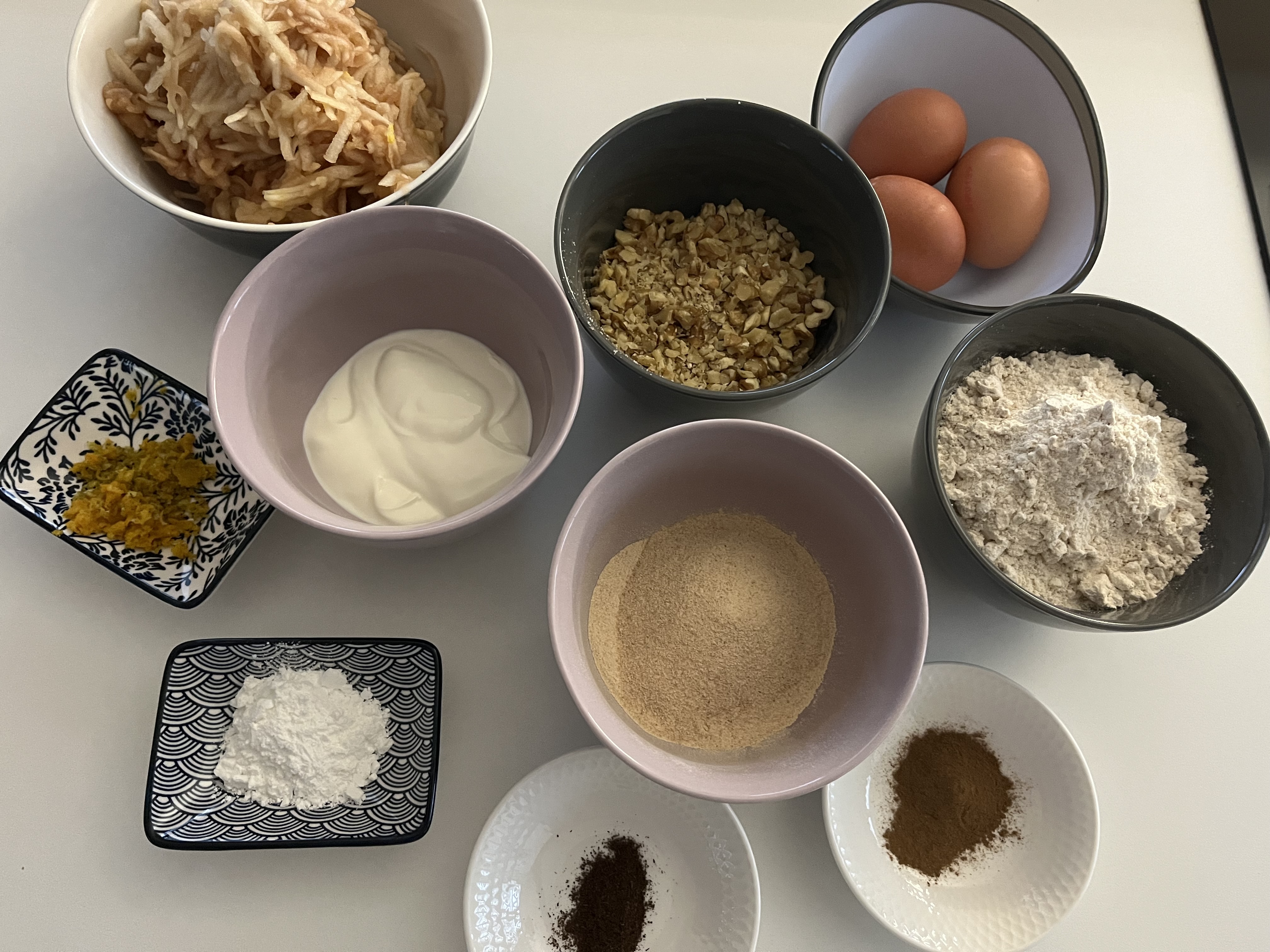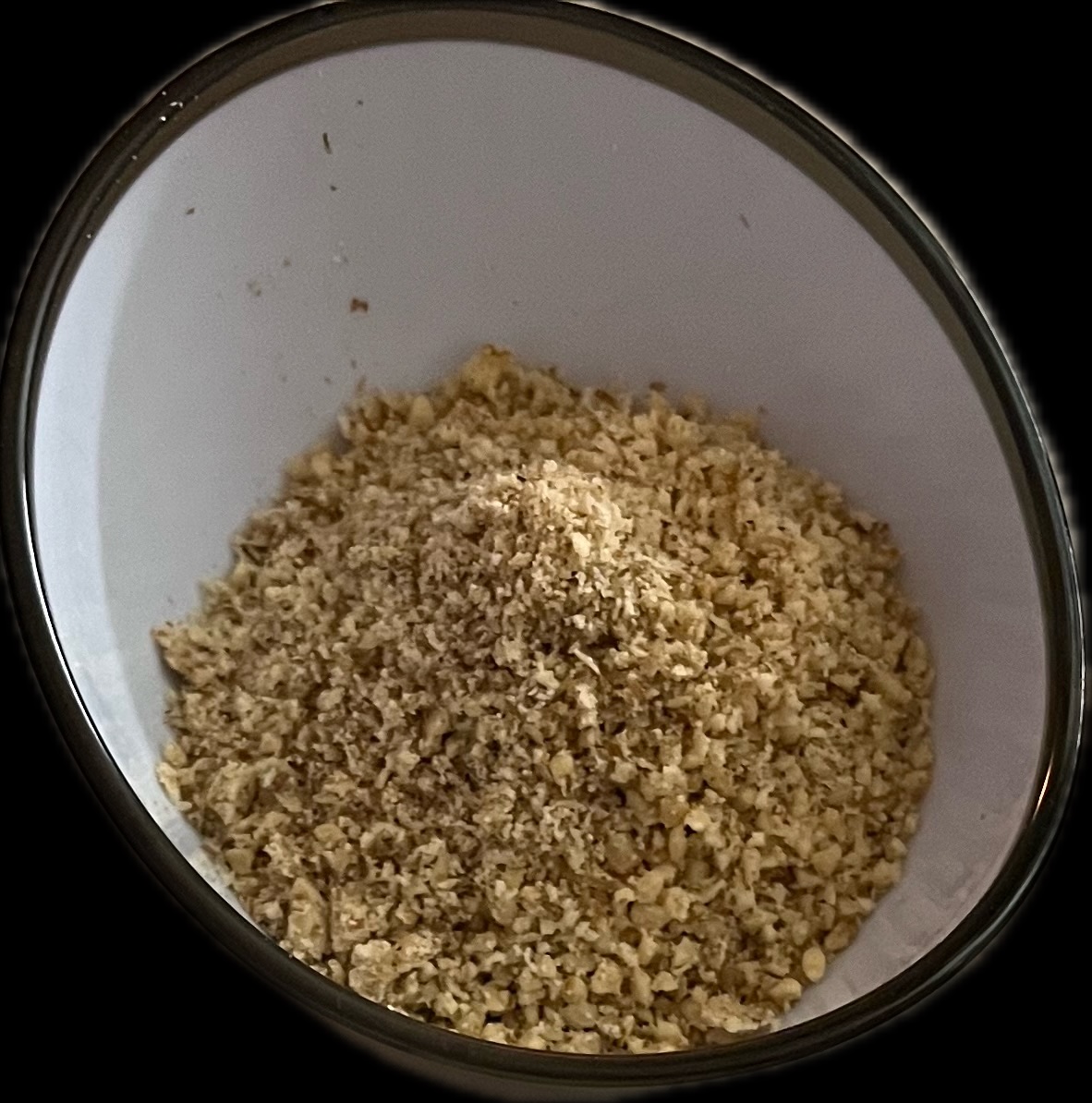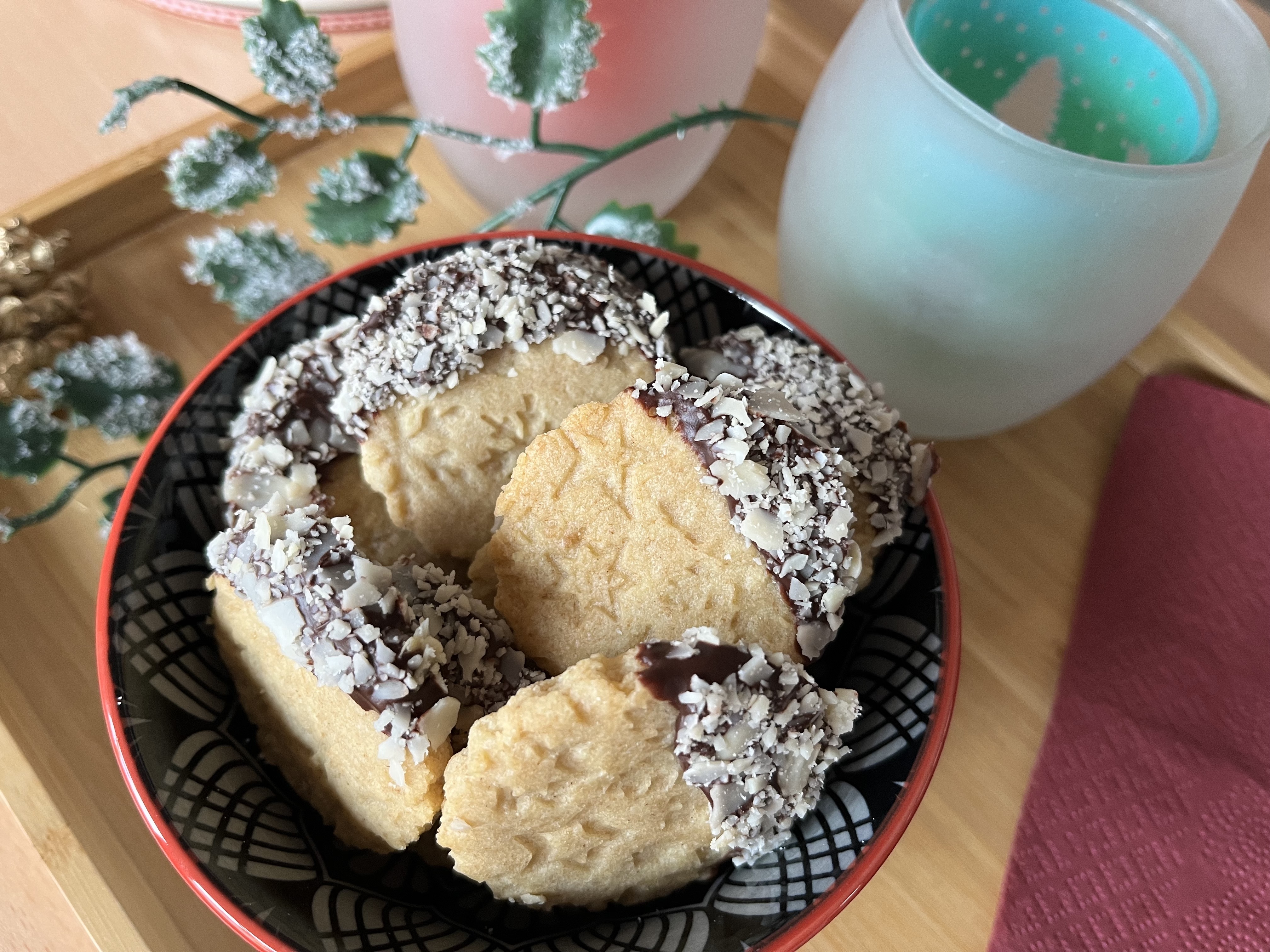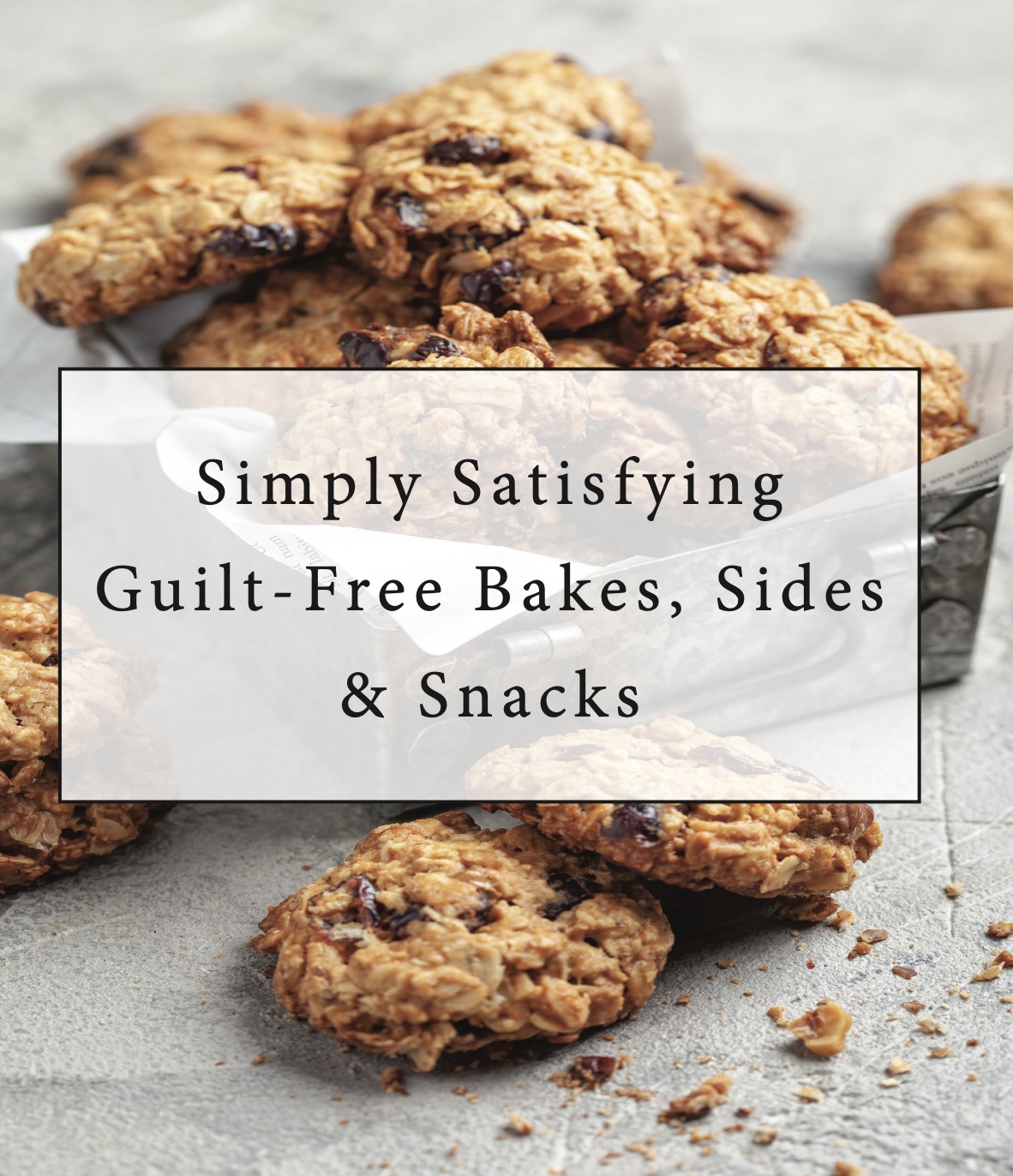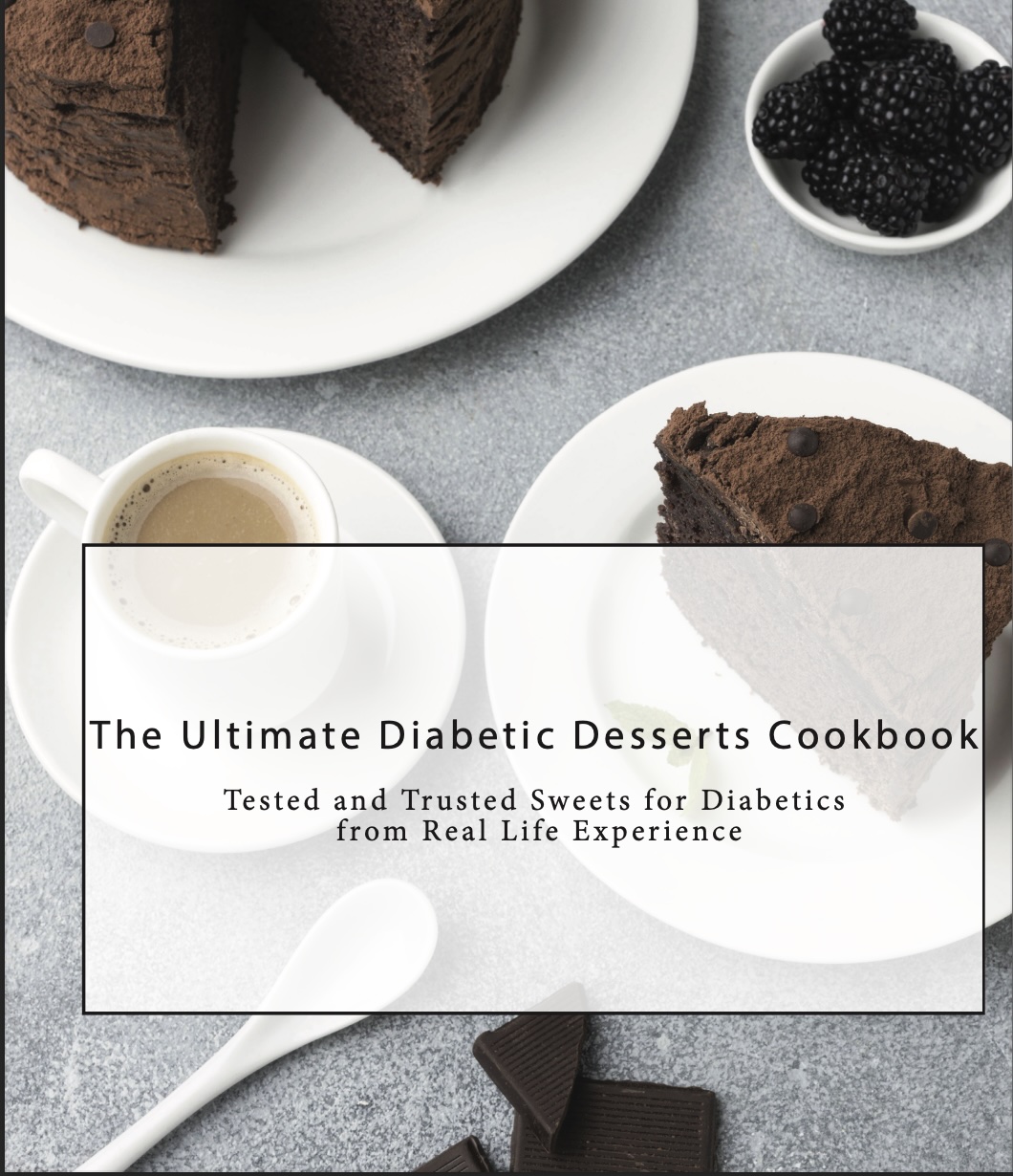
What Makes This Cookbook Different?
Easy-to-follow recipes with step-by-step photos. Includes low-sugar and sugar-free options that keep the flavor! Each recipe offers insights on blood sugar impact from real-life experience. Plus, a Free Bonus Section with recipes for bakes, sides, and snacks. Respecting each person’s individuality—from metabolism to lifestyle, physical activity, age, and more—our experience is meant as a guide for you to explore new recipes and craft ones that suit you perfectly. You might add or substitute ingredients, and hopefully embrace some. I hope you’ll approach this with optimism and enthusiasm so that, in the end, your custom-made dessert brings you abundant joy through life’s sweet little moments.
Psyllium Husk Benefits: Boost Your Baking with Fiber Power
Psyllium husk, derived from the Plantago ovata plant, offers numerous advantages in preparing desserts and baked goods. It's not only beneficial for diabetics1 but also for anyone looking to incorporate the health benefits2 of this versatile ingredient into their diet.
For those wondering, psyllium husk is essentially the outer husk of the seed, which is rich in soluble fiber. This soluble fiber gives psyllium its unique properties, making it an effective natural binder and thickener in many recipes.
With its relatively neutral taste, psyllium husk can be used in a variety of ways, easily combining with other ingredients in both savory and sweet treats. It's particularly useful in gluten-free and low-carb baking, which is essential for creating diabetic-friendly desserts.
I've seen positive effects on my son's blood sugar levels thanks to psyllium husk, and I use it in many of my recipes. However, I always keep in mind the importance of moderation with every ingredient, including psyllium husk, which is a key principle of our dietary approach.
Psyllium Husk Benefits Extend Beyond Fiber Content
One of the main psyllium husk benefits is its high fiber content, which makes it an excellent choice for people managing diabetes. Fiber helps slow down the absorption of sugar in the bloodstream, contributing to better glycemic control.
Psyllium husk benefits extend beyond just fiber content:
- It has been shown to support heart health by helping to lower cholesterol levels. This is an added bonus for anyone looking to improve their overall health while managing diabetes.
- Psyllium husk is also known for its probiotic properties. It helps feed the good bacteria in the gut, promoting a healthy digestive system.
- Psyllium husks are also known for their ability to absorb water and form a gel-like substance. This characteristic not only helps in controlling blood sugar but also aids in digestion, promoting a healthy gut.
Great Ways To Use Psyllium Husk
When I first started using psyllium husk in my baking, I was thrilled to discover how it improved the texture of my baked goods. It helps create a soft, fluffy consistency in cakes and muffins. This means I can make delightful treats without resorting to high-glycemic ingredients that could spike my son’s blood sugar levels.
Using psyllium husk has also opened up new possibilities for creating low-carb, diabetic-friendly desserts. I’ve been able to adapt traditional recipes by replacing high-glycemic flour and sugar with healthier alternatives, making my son’s favorite treats safe for him to enjoy.
Psyllium husks are a fantastic addition to chocolate cake—my son's favorite—or delicious breakfast muffins. These treats are not only soft and moist but also packed with fiber to keep you satisfied. They’re an excellent way to kickstart the day, especially for my son, as they help maintain stable blood sugar levels throughout the morning.
Great way to use psyllium husk is in pie crusts. Traditional pie crusts can be high in carbohydrates and sugars, but with psyllium husk, I can create a crust that is both low-carb and delicious.
For those who love cookies, psyllium husk can be a game-changer. It helps bind the ingredients together, resulting in cookies that are soft on the inside and slightly crisp on the outside. Plus, the added fiber content makes these cookies a guilt-free treat.
One of the aspects I appreciate most about psyllium husk is its neutral taste. It doesn’t alter the flavor of my desserts, allowing the other ingredients to shine.
While experimenting with psyllium husk, I discovered that it’s important to adjust the liquid content in recipes. Because psyllium husk absorbs a lot of water, adding extra liquid can ensure the final product has the desired consistency. This little tweak makes a big difference in the outcome of my baked goods.
Beyond baking, psyllium husk can be used in a variety of other dishes to boost fiber content: in smoothies, yogurt, and even homemade salad dressings. It's a simple way to incorporate more fiber into our diet.
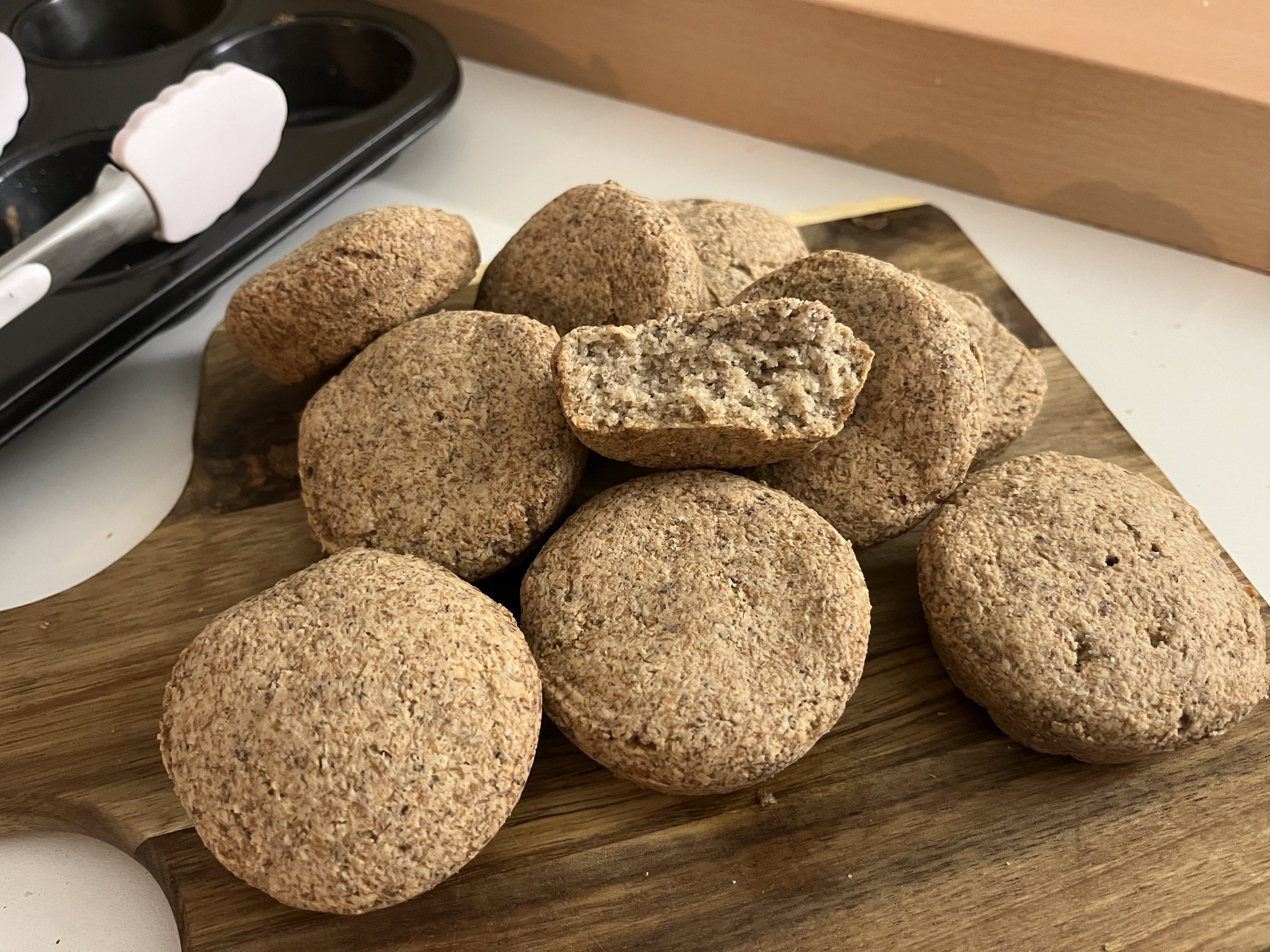 |
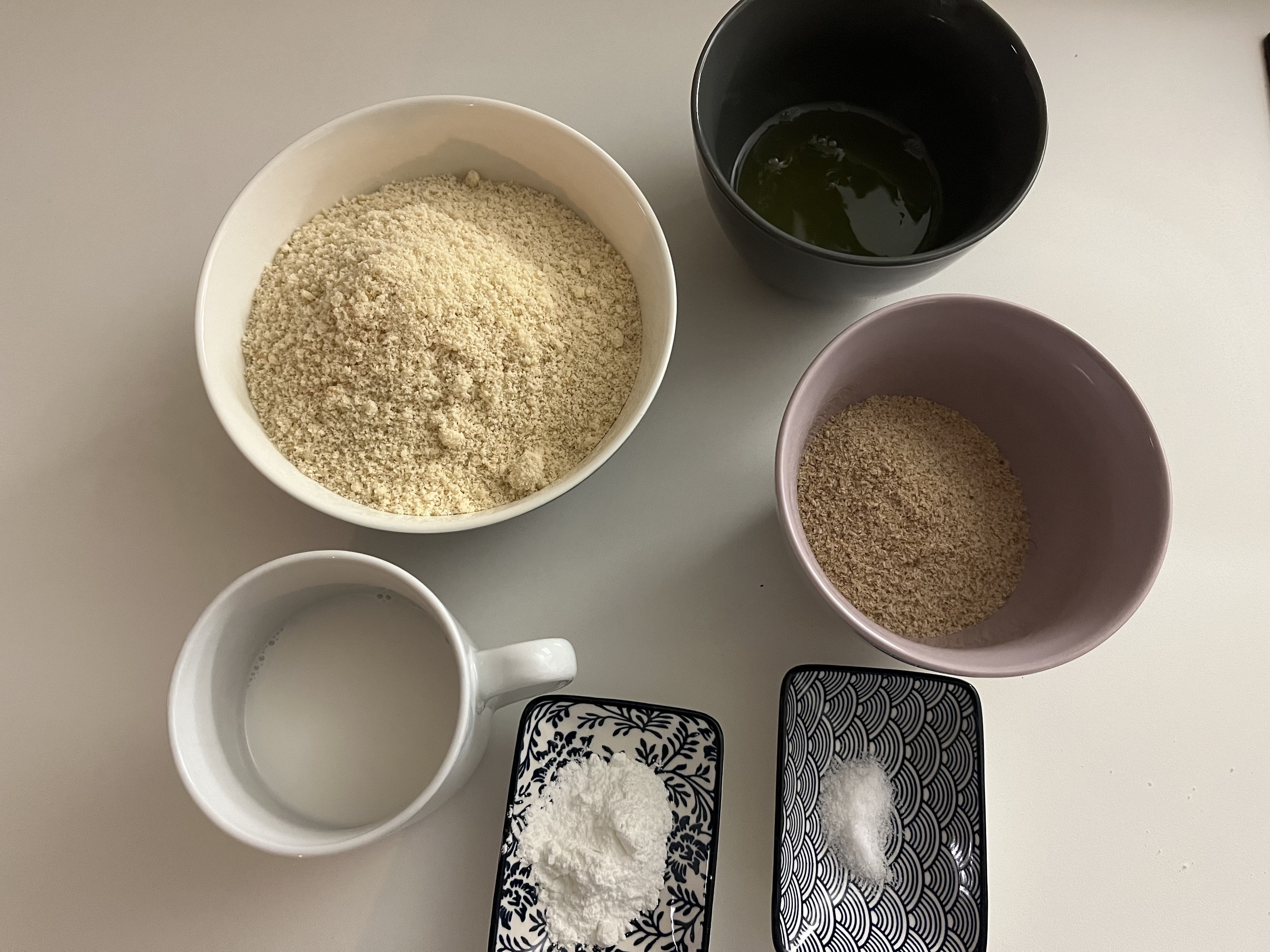 |
Getting Started with Psyllium Husk
For anyone new to using psyllium husk, I recommend starting with a small amount and gradually increasing it. This will help your body adjust to the increased fiber intake and reduce the likelihood of digestive discomfort.
From my experience, very simple and easy-to-make savory or sweet scones containing psyllium husks are an excellent school snack that won’t disrupt glucose regulation. With this ingredient, I truly have a satisfied child who is not hungry.
Sharing my journey with psyllium husk has been rewarding, and I hope it inspires others to explore this ingredient. Whether you are a diabetic or have a diabetic child like me, incorporating psyllium husk into your baking can make a significant difference.
In conclusion, the benefits of psyllium husk in baking and desserts, particularly for diabetics, are immense. Its high fiber content, ability to control blood sugar levels, and versatility in recipes make it a fantastic addition to any kitchen. So go ahead, give psyllium husk a try, and enjoy the delicious, healthy desserts it can help you create for you and your loved ones.
1 https://pubmed.ncbi.nlm.nih.gov/10500014/
2 https://www.medicalnewstoday.com/articles/318707#side-effects

